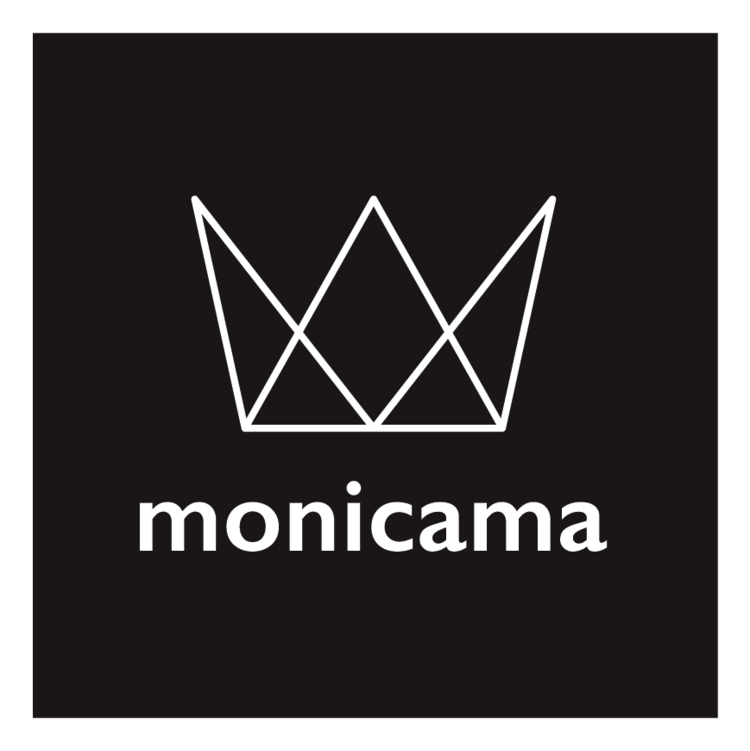We’ve been living as if there is a planet B. Since the birth of capitalism, human civilization has been rapidly depleting planetary resources, which lead to the following top five environmental issues - air pollution, deforestation, water pollution, the depletion of the ozone layer, and loss of biodiversity.
If the fact of losing 80% of our forests doesn’t seem very relevant to us yet, here’s something else that will change your mind. It is predicted that based on our current emissions levels, by 2100, our planet will warm up 4 to 5 degrees Celsius. That means that sea levels will rise by 1.8 feet consuming entire cities, 2.7 billion people around the world will be affected by devastating fires, and there will be more risks for heavy rainfalls and flooding.
What if I told you we could still stop our collective journey to self-destruction? Not only that, but you personally can contribute tremendously as a product designer?
What is Sustainable Web design?
It turns out that the Internet has a massive environmental impact. According to some estimates, it generates 1.6 billion annual tons in greenhouse gas emissions. If it were a separate country, it would be the 7th largest polluter. This damage mostly comes from powering data centers that require huge amounts of electricity to power.
Powering data centers requires tremendous amounts of energy. Photo: .shock on Adobe Stock
Our digital habits are largely responsible for all this pollution. For example, if you send a long email to your friend and share a picture, you are likely to emit 50 grams of CO2e. It seems like not a lot but with 4.1 billion people using the Internet every day, it all adds up.
We can cut down these emissions though by designing websites in a more mindful way, and awareness is the first step for us as designers. I was lucky to stumble upon a book by Tim Frick - Designing for Sustainability, which opened my eyes on this topic. By then I had worked in tech for ten years as a quality engineer and UX designer and thought of myself as a knowledgeable professional. I was shocked - why have I never heard of digital sustainability? Why have I never tested or designed products for sustainability or signed the Sustainable Design Manifesto?
Sustainable Design Manifesto, Landing page
It was a wakeup call for me. It’s from this book and the author’s website Mightybites that I learned what Sustainable Web design is and what it stands for.
Sustainable Web design is an approach to designing digital products and services that puts people and the planet first.
Sustainable Web design is when digital services and products are:
Clean - powered by renewable energy.
Efficient - use the least amount of energy.
Regenerative - support an economy that nourishes people and the planet.
Ethical - don’t exploit people and the planet and are not meant to cause harm.
Accessible - allow users to control their data and make open exchange of information possible.
Resilient - properly function in times and places where people need them most.
A great example of a sustainable website is from a sustainable fashion brand Organic Basics from Denmark.
Organic Basics website, Landing page
This website minimizes power consumption on the devices; doesn't load any images before they are requested by people; adapts to reflect the amount of renewable energy it’s currently running on; informs people about the impact of their browsing behavior; doesn't use videos; stores data locally on the devices; compresses all data; loads only the most crucial programming scripts, frameworks and cookies; limits the amount of light emitted by the screen; optimizes and limits the use of custom fonts.
Please check out tons of useful free content on website sustainability on the Mightybites, the Designing for Sustainability, and Sustainable Website Design book.
Some terrific Sustainable Design resources to check out: Mightybytes, Designing for Sustainability, Sustainable Web Design


